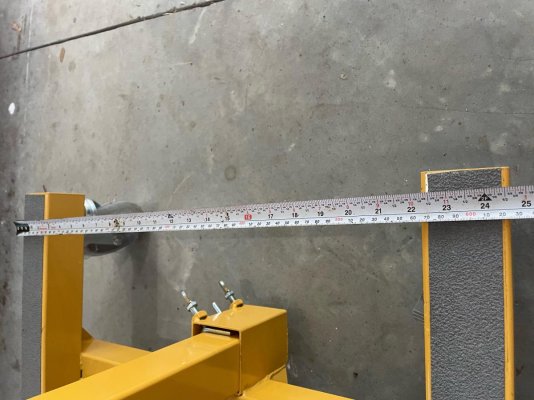Jack Balkenende
Veteran Member
- Joined
- Apr 7, 2022
- Messages
- 27
- Vessel Name
- Barbara Ann
- Vessel Make
- 1981 Northern CHB
I'm kinda confused here.i was always taught with batteries before that you needed ventilation. But now that I got a boat I noticed all my batteries are in plastic boxes with no ventilation holes. So I'm kind of confused since my charger is constantly going on the dock, that means better is a constantly being charged. And that means they have to be off gasing. So how can it be in a box then and be safe. Shouldn't the boxes have a holes drilled in them. I understand trying to keep the acid contained if something happens. That's it doesn't do anything about the gas. Can anybody kind of explain this to me I'd certainly appreciate it.
Thanks, Jack B.
Thanks, Jack B.



